How to plant a morning glory in open ground and properly care for it?
How planting morning glory in open ground will help turn an ordinary plot in front of the house into a blooming fairy garden? Everything is very simple - a decorative liana with the help of antennae can quickly braid any vertical surface, be it an old wooden arbor or a metal mesh fence. And in the place of these unprepossessing objects, real works of art are already flaunting: a magic house and a hedge, as if composed of some flowering plants. And the plant is not at all demanding to care, the owner needs to water the morning glory in a timely manner and feed it with his favorite fertilizers.
The main motto is: crawl, bloom and smell good!
It is hard to believe, but the insidious bindweed, which all gardeners are furiously pulling out of the ground, is the closest relative of the charming morning glory. They are united by their belonging to one large family of plants - Bindweed. The genus Ipomoea occupies a significant place in it, biologists have counted more than five hundred species alone, and there are countless varieties and hybrids bred by breeders. Here are the most popular types of morning glory among Russian gardeners, the most suitable for growing outdoors:
- Kvamoklites. These vines are considered the main decoration of the genus, they are capricious of most morning glories and need more thorough care. Extraordinarily decorative: the leaves look like expensive lace, flowers of various shades of red, small, very graceful.
- Ipomoea purpurea, or purple. With proper care, a vine can grow up to 7-9 m long. Raspberry, pink, lily, lilac flowers up to 8 cm in diameter are located on a velvety stem with smooth narrow leaves.
- Ipomoea tricolor, or tricolor. Unusual plant: delicate blue flowers acquire a rich pink color as they mature. Large, wrinkled, heart-shaped leaves are located opposite each other on a 4-5 meter liana.
- Ipomoea noctiflora, or moon-blooming. Snow-white flowers (9-11 cm) open only after sunset and exude a wonderful aroma. The vine has a main short (up to 3 m) stem, as well as many long lateral shoots. The most suitable plant for lovers of romantic night walks.
- Ipomoea noctiflora, or ivy. Perfect for decorating low-rise objects, as it rarely grows up to 3 m. Flowers of medium size (5-6 cm), the palette of colors is varied, but usually bluish or lilac shades prevail in it.
Any planting of this decorative liana seems from a distance to be a continuous flowering veil, but few people know that a single flower lives only one day. Morning glory opens its buds at sunrise, and when it is at its zenith, flowering stops. Inhabitants of those places where most of the spring and summer the sky is covered with clouds are able to enjoy flowering almost all day. The root of the plant is creeping, because of it the flower got its name, which in translation from Greek sounds like “like a worm”.
Vine propagation: it couldn't be easier
Morning glory is considered an unpretentious flower to care for, but it should be protected from sudden cold snap and possible freezing of the ground. This must be taken into account when choosing a method for propagating decorative liana. When buying planting material, you need to pay attention to the frost resistance of the variety, it is better not to risk it and choose the most suitable species for the region of residence of the gardener.
There are several ways to get a flower for your flower bed:
- Sowing seeds directly into the ground. Suitable for residents of the southern regions of our country, you can start sowing in early or mid-May.
- Sowing seeds for seedlings. If there is the slightest threat of a sudden cold snap, then it is better to plant seeds for germination at the end of March to obtain strong seedlings.
- Cuttings. Liana, cut into 10 cm pieces, builds up the root system well in a vessel with water. But this method is rarely used, only when it is necessary to preserve all the varietal characteristics of the original mother plant.
Getting morning glory for planting is much easier from seed. Their peel is thick, strong - with preliminary soaking, some of them may not be saturated with moisture. Therefore, using a sterile needle, each seed should be scratched and only then filled with water for several hours until visible swelling. Planting boxes or pots should be scalded with boiling water and filled with light, nutritious soil. Without deeply deepening (about 2 cm), the seeds are added dropwise, the earth is moistened, and the containers are covered with transparent glass and germination begins at 19-20 ° C.
Tip: morning glory is as beautiful as it is highly poisonous. Before planting, you need to take this into account and keep babies and pets away from the plant.
Further care of the seeds consists in constant moistening of the soil with a spray bottle and airing. Remove accumulated condensation from glass and inner surfaces of containers with a napkin. After about a week, the first green shoots will appear. Containers with seedlings are transferred to a lighter and warmer place and are waiting for the appearance of 2-3 strong leaves in babies. It's time to split them apart into separate cups with a large number of drainage holes, and also provide each morning glory seedling with the first support (wooden peg, plastic ladder).
Choosing a cozy place and planting on flower beds
Ipomoea requires a lot of light to flower. But some owners are tricky and plant the plant in areas with diffused lighting. Thus, they achieve a longer opening of the flower during the day. But completely dark and shady corners of the garden are not suitable for planting a vine - its growth will slow down, buds will not be laid.
Tip: Even if growers position the variety as biennial or perennial on the seed bag, morning glory is mostly grown as an annual. You should not buy seeds that are more than 3 years old: germination will not be up to par.
To make it easier to care for the flower, you should not choose for planting those parts of the garden where groundwater occurs or excess moisture accumulates after rain. Morning glory has a very delicate root system that is sensitive to stagnant water and is prone to rot in such an environment. If the selection of a dry area is a problem for the owner, then a thick layer of drainage material can be laid on the bottom of the holes. The main thing is that during decomposition such material does not release excess alkali into the soil.
The soil on the site must meet the PH-5.5-6 indicators. That is, to have a slightly acidic or basic reaction. With an excess of lime, the flowering will not be bright, the stem and leaves will lose their intense color. Care will be complicated when growing vines in a windy area. A gust of wind can deprive the plant of all decorativeness - fragile flowers will fall off.
Tip: when growing vines in the open field, you should immediately think about building a solid support, otherwise the shoots will intertwine, and the appearance of the plant will be a rather sad sight.
Having dug up the soil, the seedlings are placed in a flower bed at a distance of 25-30 cm from each other. If they grew up in peat pots, then together with the support they are simply added to the flower beds. And if the growing of young plants was carried out in plastic pots, you need to be more careful.Ipomoea does not like transplants with bare root system, therefore, planting in the beds should be carried out by the transshipment method. It remains to pour a liter of water under the root of each seedling.
Quality care for rich and long flowering
Morning glory does not tolerate both excessive watering and prolonged dry periods. Experts recommend paying attention to the condition of the soil under the vine: if the earthy lump has dried out 4-5 cm deep, then it's time for water procedures. Watering is best done in the evening, after sunset from a hose, without soil erosion. Dry weather is the reason for more frequent soil moistening, and when it gets colder, adding water to the flower beds is not required at all. Watering the flower a couple of times a week is usually sufficient when leaving.
After planting on the beds, you can mulch their surface with bottom peat. This will prevent moisture from evaporating at the planting site, as well as prevent weeds from settling between the shoots of morning glory and extracting useful nutrients from the soil. Regular weeding will help in the fight against unnecessary plants, and periodic loosening of the soil will contribute to the flow of fresh air to the roots.
Tip: when caring for a vine, you must not forget about collecting seeds. The capsule ripens about three weeks after the flower dries. You need to catch the moment when small cracks form on it, and it dries itself, and remove the seeds. Forgetful owners just put a gauze bag on the box as a safety net.
Like all abundantly flowering plants, morning glory responds gratefully to top dressing. She is rather indifferent to organic matter - she prefers complex mineral fertilizers. The liana is fed 3-4 times a month, from the moment of planting in the flower beds. Before flowering, you can choose any fertilizer, but before laying the buds, the inscription on the bottle must be read carefully and the complex with a high nitrogen content should be abandoned. This element is liked by all plants, it allows them to build up a powerful deciduous mass, but at the same time prevents the onset of flowering. It is worth picking up fertilizers with a high content of potassium and phosphorus for this period.
Harmful insects do not remain indifferent to the delicate and fragile morning glory. The most dangerous among loyal fans:
- Aphid. Sucking the juices from all parts of the vine, the pests leave behind a sticky yellow bloom, on which carriers of viral plant diseases rapidly multiply. The flower dries up, becomes stained, dies.
- Spider mite. The cobwebs it forms beautifully shimmer in the sun. But they do not paint the decorative liana, on the contrary, it stops turgor, sheds leaves and flowers.
Systemic insecticides come to the rescue. Processing at weekly intervals will help to cope with the invasion, but provided that the morning glory is not severely damaged. If significant damage is caused to the specimen, then it must be taken away and burned. When leaving, it is important to examine the vines for spots of various localization, cobwebs. Timely measures taken will preserve all the plants in the flower bed.
High-quality outdoor care for morning glory will save the owner time, effort and nerves. There is no need to experiment when growing this decorative vine. Experienced gardeners have long discovered all the secrets of excellent seed germination, proper planting and abundant flowering. And one more important recommendation from them: you need to sign all bags of seeds with the date of collection!
If, when looking at a rickety wooden shed, melancholy rolls over, one should remember the morning glory. After a couple of months of cultivation, the ruin will not be recognized. Gardeners will get tired of brushing off the neighbour's kids who pester them with questions about the magic hut. However, you can compose for them a tale of an extraordinary morning glory.

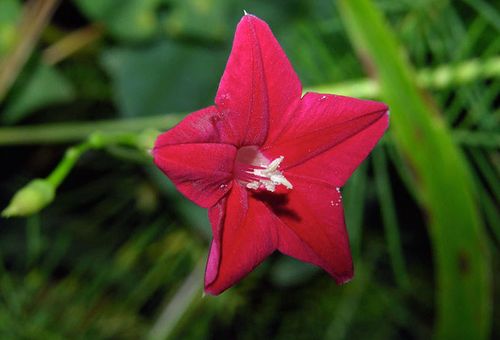
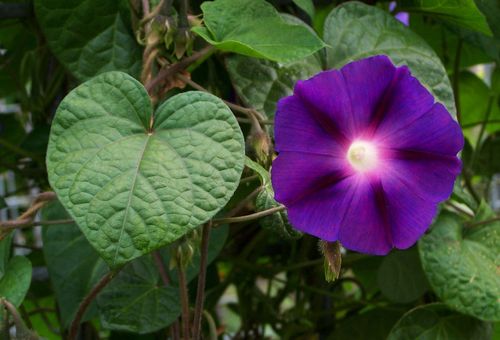
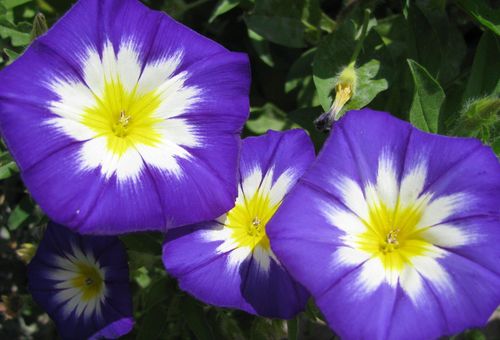
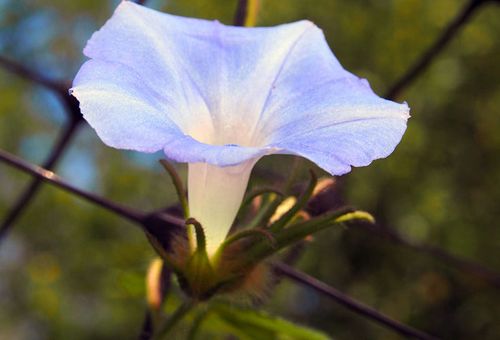
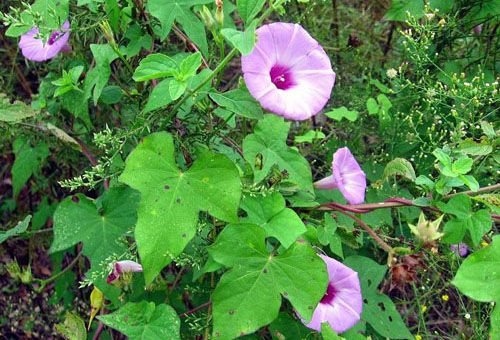
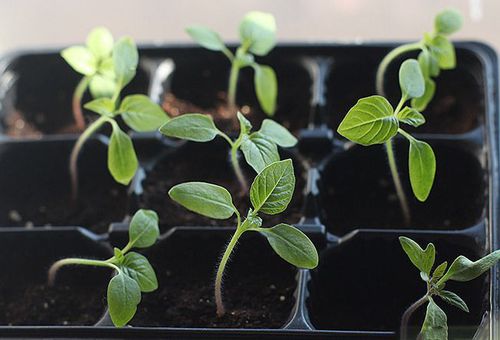
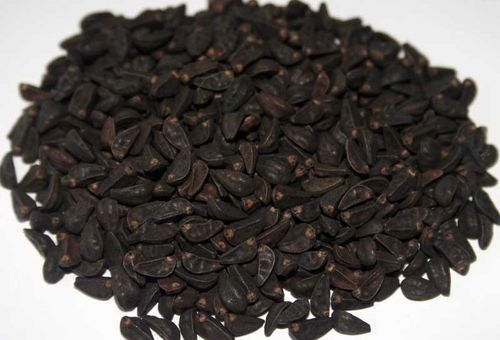
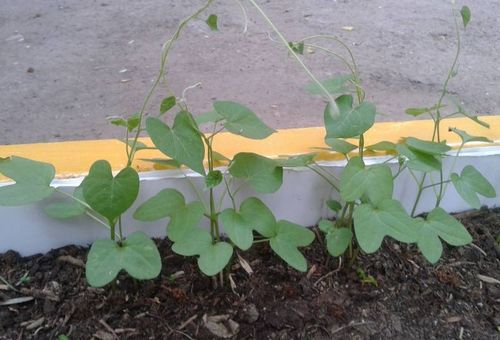
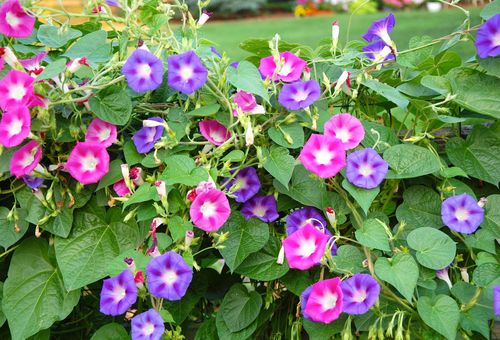
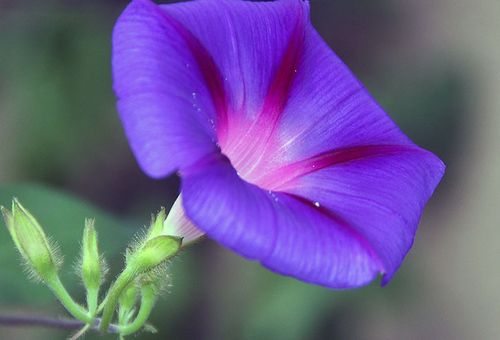
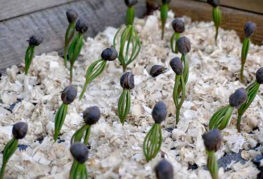
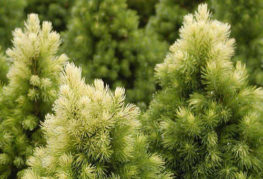
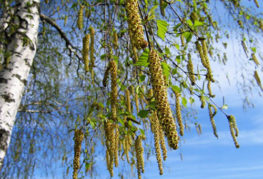
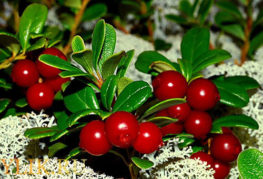
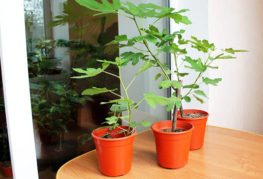
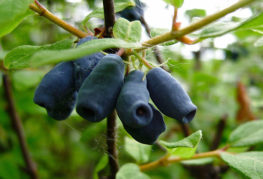
and will be published shortly.